NASA Astronomy Picture of the Day 31 May 2023: The history of our Universe
Today’s NASA Astronomy Picture of the Day is the computer simulation of our Universe as it developed throughout history.
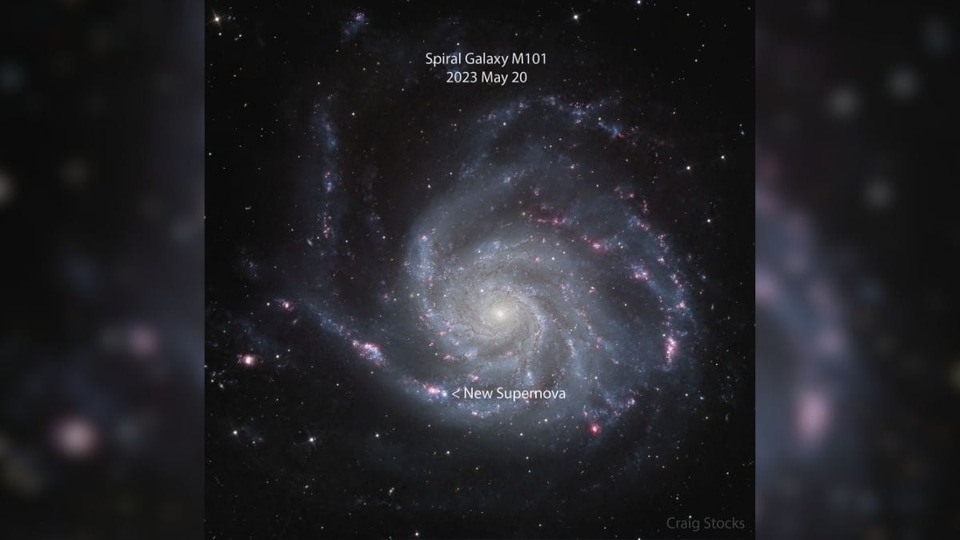
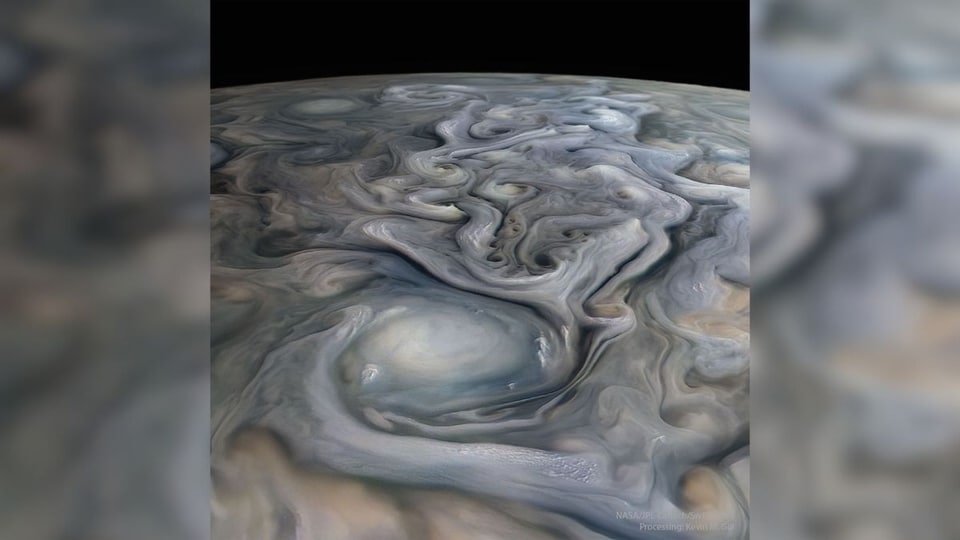
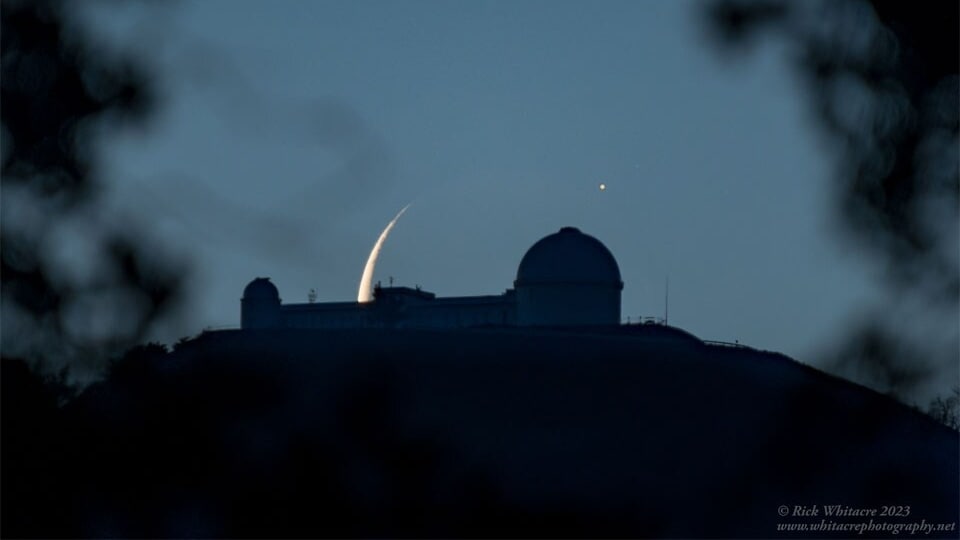
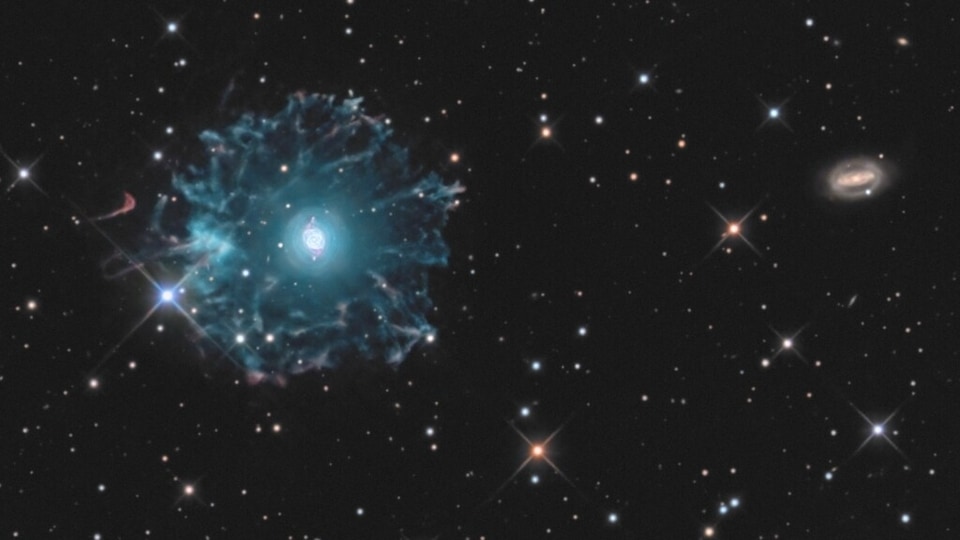
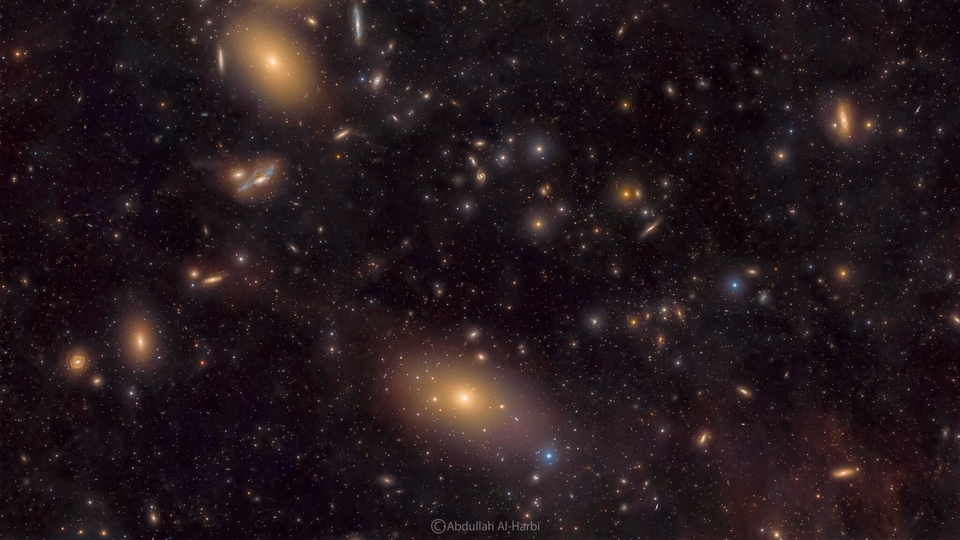

 View all Images
View all ImagesThe Universe is around 13.8 billion years old, although the exact age remains unknown. But how do experts calculate the age? According to NASA, astronomers can calculate the age of the Universe by looking for the oldest stars, and measuring the rate of expansion of the universe and extrapolating back to the Big Bang. Since the Universe moves too slowly for us to witness it develop, scientists have developed a new way to uncover the secrets - through computer simulations.
Today's NASA Astronomy Picture of the Day is the computer simulation of our Universe as it developed throughout history. This simulation tracks gases leading from the early Universe till today. As the simulation goes on, the formation of a disk galaxy takes place. For the unaware, Disk Galaxies are formed when two or more galaxies merge, resulting in a pancake-shaped disk of stars. Our own Milky Way Galaxy is one such disk galaxy, and it will collide with the Andromeda Galaxy in the distant future, according to NASA.
The simulation was created by the IllustrisTNG project with assistance from the Max Planck Computing and Data Facility and Research Computing which is part of the Faculty of Arts & Sciences (FAS) Division of Science at Harvard University.
NASA's description
How did we get here? We know that we live on a planet orbiting a star in a galaxy, but how did all of this form? Since our universe moves too slowly to watch, faster-moving computer simulations are created to help find out. Specifically, this featured video from the IllustrisTNG collaboration tracks gas from the early universe (redshift 12) until today (redshift 0). As the simulation begins, ambient gas falls into and accumulates in a region of relatively high gravity. After a few billion years, a well-defined center materializes from a strange and fascinating cosmic dance.
Gas blobs -- some representing small satellite galaxies -- continue to fall into and become absorbed by the rotating galaxy as the present epoch is reached and the video ends. For the Milky Way Galaxy, however, big mergers may not be over -- recent evidence indicates that our large spiral disk Galaxy will collide and coalesce with the slightly larger Andromeda spiral disk galaxy in the next few billion years.
Catch all the Latest Tech News, Mobile News, Laptop News, Gaming news, Wearables News , How To News, also keep up with us on Whatsapp channel,Twitter, Facebook, Google News, and Instagram. For our latest videos, subscribe to our YouTube channel.





























